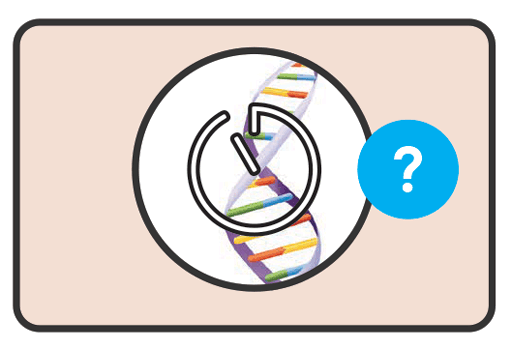Book traversal links for 3.1.4 Molecular WHO-recommended rapid diagnostics for screening

mWRD are rapid, sensitive molecular tests for detecting TB. In the 2021 update of the screening guidelines, mWRDs are also recommended for screening for TB disease² For the purposes of this handbook, the mWRDs that can be used for screening are Xpert® MTB/RIF and Xpert MTB/RIF Ultra (Cepheid, USA), loop-mediated isothermal amplification (LAMP, Eiken Chemical, Japan) and Truenat™ MTB and MTB Plus tests (Molbio Diagnostics, India).
Several considerations apply to use of mWRDs as a screening tool. mWRDs perform differently when used for screening than when used for diagnosis. The sensitivity of mWRDs for screening high-risk populations (non-HIV-infected) is estimated to be 69% and the specificity 99% (see WHO consolidated guidelines on TB diagnosis for estimates of mWRDs used for diagnosis (12)). Because of the differences in accuracy and the lower TB prevalence typically found in a population undergoing screening rather than diagnostic evaluation, the positive and negative predictive values of mWRD also differ. For example, despite a quite high estimated specificity of 99%, over one half of positive screening tests will be false-positive when mWRDs are used to screen a population with a 1% prevalence of TB. Thus, the different implications for clinical interpretation and programmatic use of mWRDS for screening and for diagnosis must be understood.
People who screen positive for TB with an mWRD should always be followed up with a thorough clinical evaluation, including symptom screening and further tests, such as CXR or repeat mWRDs on additional sputum samples, to establish a definitive diagnosis of TB. For patients with a history of TB in the previous 5 years, a positive result may be due to the detection of DNA persisting from the earlier TB episode. Therefore, a positive test in such cases should be investigated with phenotypic methods to exclude a false-positive result (12). A negative mWRD for a single sputum sample does not exclude TB, as patients with TB may test mWRD-negative because they cannot produce sputum or an adequate quantity of sputum, have a very low bacillary burden in the sample or have extrapulmonary disease.
Considerations for using mWRDs for screening
With use of mWRDS for screening, test results are in theory available within a few hours; however, because of laboratory batching and burden, they are usually available within 1-2 days. Inefficient reporting (on paper forms) and transport of samples introduce additional delays. A delay of more than a few hours could adversely impact the retention of patients in the screening pathway and should be considered before use of mWRDs for screening.
Implementation of mWRD as a screening tool will require significant resources, including increased capacity and expansion of diagnostic and sample transport networks. There has been limited experience in widescale use of mWRDs for screening under programmatic conditions. Priority should be given to ensuring universal access to mWRDs as a diagnostic test for TB and drug-resistant TB before extending its use to screening. If use of mWRDs for screening requires decentralization of the technology, there may be significant implications in terms of the purchase of machines, cartridges and other consumables, an uninterrupted supply of electric power and maintenance. If mWRD does not reach most health centres, samples will have to be transferred; in this situation, shifting from mWRDs for diagnosis to screening would substantially increase the workload for sample transport. Diagnostic connectivity platforms that automate the transmission, storage and retrieval of test results will improve the utility of mWRDs for decision-making.
² In the reviews conducted to update the TB screening guidelines, the only data for evaluation of mWRDs for screening pertained to Xpert MTB/RIF
 Feedback
Feedback